How to Filter the Vuvuzela Noise
When you're tired of the World Cup broadcast being a cacophony of Vuvuzela, it's a relief to know that you can tone it down. Here are some ways to drown out the drone. The benefit of this option despite having to fiddle a bit more is that...
Method 1 of 3:
Equalizer (EQ) option (TV or Stereo)
The benefit of this option despite having to fiddle a bit more is that you don't need a computer. You can perform this fix straight on your TV or stereo.
-
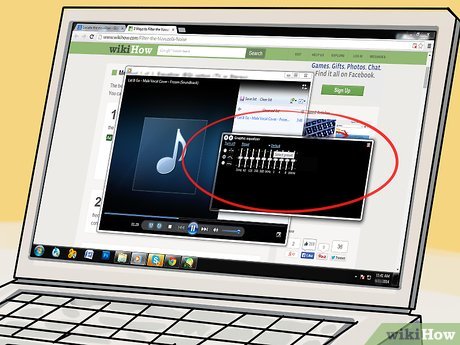 Locate the equalizer. Either use equalizer on your stereo if you're using that to listen with, or the one on your TV, if it has one. If needed, read the manual accompanying the stereo or TV for instructions on how to adjust the equalizer settings.
Locate the equalizer. Either use equalizer on your stereo if you're using that to listen with, or the one on your TV, if it has one. If needed, read the manual accompanying the stereo or TV for instructions on how to adjust the equalizer settings. -
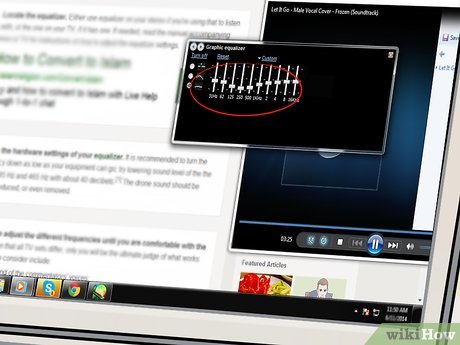 Adjust the hardware settings of your equalizer. It is recommended to turn the frequency down as low as your equipment can go; try lowering sound level of the frequencies 235 Hz and 465 Hz with about 40 decibels.[1] The drone sound should be considerably reduced, or even removed.
Adjust the hardware settings of your equalizer. It is recommended to turn the frequency down as low as your equipment can go; try lowering sound level of the frequencies 235 Hz and 465 Hz with about 40 decibels.[1] The drone sound should be considerably reduced, or even removed. -
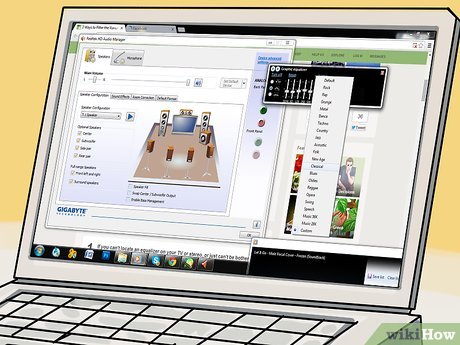 Continue to adjust the different frequencies until you are comfortable with the sound. Given that all TV sets differ, only you will be the ultimate judge of what works best here. Things to consider include:
Continue to adjust the different frequencies until you are comfortable with the sound. Given that all TV sets differ, only you will be the ultimate judge of what works best here. Things to consider include:- Level of sound of the commentators' voices;
- Ability to enjoy the rest of the atmosphere; and
- The level of comfort of all persons watching at home.
Method 2 of 3:
Adjust Treble or Speakers (TV or Stereo)
-
 If you can't locate an equalizer on your TV or stereo, or just can't be bothered fiddling with it, try using your TV's treble sound control. Locate the treble control, and turn the treble sound down as far as is possible. Doing this should reduce the vuvuzela sound enough to be bearable.
If you can't locate an equalizer on your TV or stereo, or just can't be bothered fiddling with it, try using your TV's treble sound control. Locate the treble control, and turn the treble sound down as far as is possible. Doing this should reduce the vuvuzela sound enough to be bearable. -
 Try adjusting your speakers if you have a surround sound system. Try lowering the volume of the speaker that brings out the crowd noise and raise the volume of the one with the commentator's voices. Keep adjusting until you get the balance right.
Try adjusting your speakers if you have a surround sound system. Try lowering the volume of the speaker that brings out the crowd noise and raise the volume of the one with the commentator's voices. Keep adjusting until you get the balance right.
Method 3 of 3:
Easy Free Software Option (Computer Assisted)
With this option, you'll need to use the computer linked up to the audio of the TV. The benefit of this option is that the software will do all of the fiddling for you. The only adjustments that you'll need to make are dependent on the age and speed of your computer.
-
 Go to the National Instruments site. Download the free software here: http://decibel.ni.com/content/blogs/Simon/2010/06/16/world-cup-2010--filtering-the-annoying-vuvuzela-noise. There is a Windows and a Mac version available, choose whichever one suits your needs.
Go to the National Instruments site. Download the free software here: http://decibel.ni.com/content/blogs/Simon/2010/06/16/world-cup-2010--filtering-the-annoying-vuvuzela-noise. There is a Windows and a Mac version available, choose whichever one suits your needs. -
 Install the software. If you don't have the Lab View Run-Time engine, you'll need to install this also (it's free).
Install the software. If you don't have the Lab View Run-Time engine, you'll need to install this also (it's free). -
 Insert your computer into the audio signal flow of your TV.
Insert your computer into the audio signal flow of your TV.- If the TV has an audio output, connect the sound card line in to this outlet. Connect the sound card's output to your usual listening devices (such as speakers or headphones).
-
 Listen and check if it sounds better. If still needed, adjust the frequency on your computer. How much and whether you need to adjust will depend on the speed of your computer.
Listen and check if it sounds better. If still needed, adjust the frequency on your computer. How much and whether you need to adjust will depend on the speed of your computer.
5 ★ | 1 Vote
You should read it
- 3 Equalizer applications help improve sound quality on macOS
- How to Install an Equalizer
- 5 best equalizer software for Windows 10 to improve PC sound
- How to adjust Equalizer on iPhone and iPad
- 4 best sound improvement apps for Android
- How to Adjust the Bass on a Computer
- How to Hook up an Equalizer
- How to Adjust Bass on a Computer
- How to turn on and use Groove Music Equalizer in Windows 10
- How to adjust the sound and volume interface in Volume2
- Listen to better music on your iPhone / iPad by adjusting the music tone
- How to change sound effects Samsung Galaxy S8
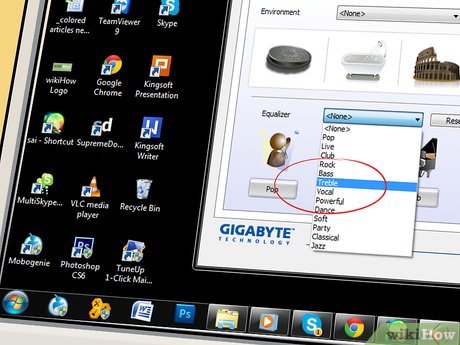
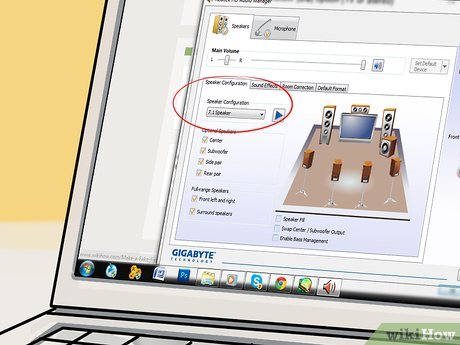
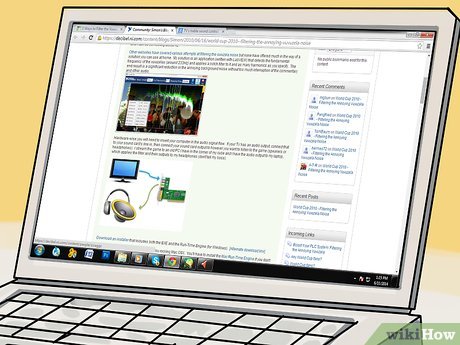

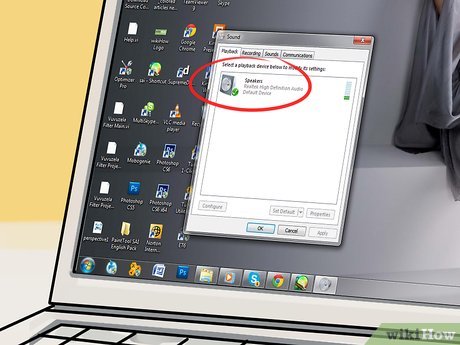
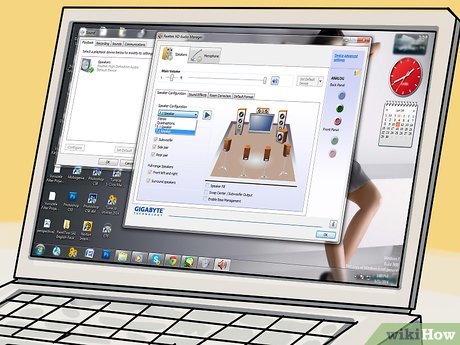






 4 types of 'noise' information should be ignored
4 types of 'noise' information should be ignored Photoshop for everyone: Create a wood grain effect
Photoshop for everyone: Create a wood grain effect How to remove background noise when making video calls on Apple devices
How to remove background noise when making video calls on Apple devices PC noise suppression solutions
PC noise suppression solutions Video: Sophisticated technology inside noise canceling headphones
Video: Sophisticated technology inside noise canceling headphones